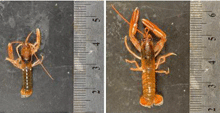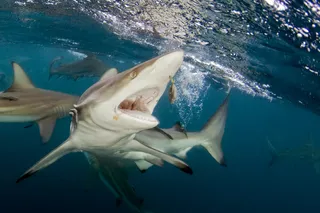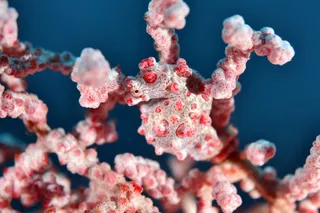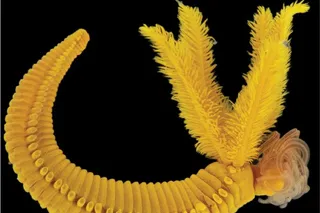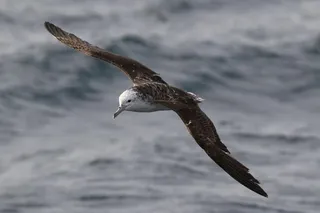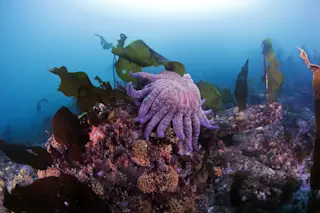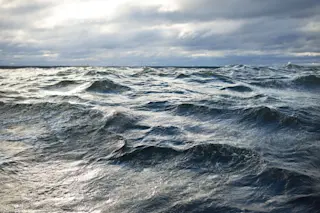In a bit of unexpected climate related good news—not for us, of course—some shell-building ocean dwellers like blue crabs, shrimp, and lobsters may actually benefit from increased ocean acidification. This surprising finding seems to be good news for lobster lovers, but researchers note that the ongoing acidification still appears to spell trouble for many marine creatures. Scientists now think that acidifying oceans may allow these select crustaceans to build stronger shells and exoskeletons, instead of making them more brittle.
Carbon dioxide (CO2)—the notorious byproduct of fossil fuel burning—dissolves in the ocean. That makes the ocean more acidic. It also reduces the number of so-called carbonate ions in seawater, and these ions are among the primary materials that sea creatures use to build their calcium carbonate shells and skeletons [LiveScience].
Justin Ries, a coauthor on the new study
, speculates that these bottom dwellers are somehow better able to manipulate CO2 ...


